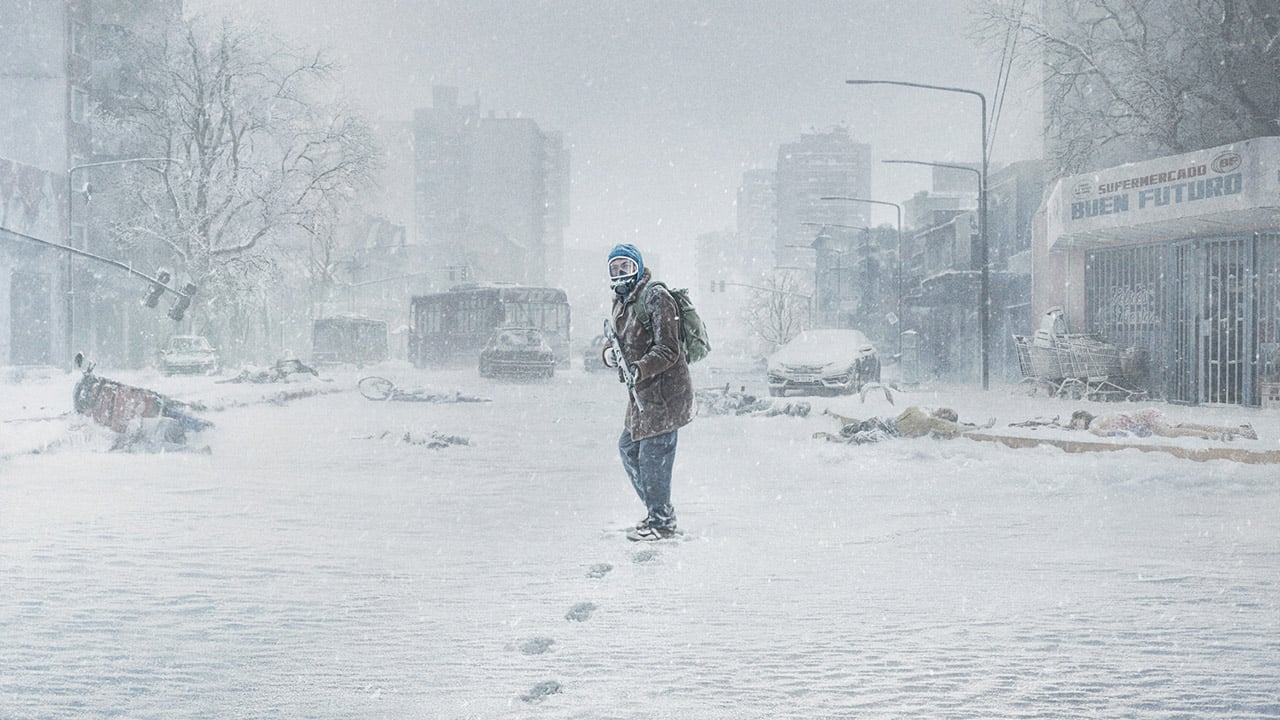Netflix's 96% sci-fi show under scrutiny for using sci-fi style tech to make it
Streaming service admits AI was used in the making of its superb sci-fi hit


Quick Summary
Netflix boss Ted Sarandos has admitted one its shows used AI in the creation of a scene.
The Eternauts utilised generative AI to show the collapse of a building.
Netflix has admitted that one of its hit shows – with a 96% critics score on Rotten Tomatoes – used AI in the creation of one of its scenes.
Its co-chief executive, Ted Sarandos, explained that due to its relatively low budget, it was necessary for The Eternaut to use artificially intelligence to build the effects for a specific section of the show.
The Argentine sci-fi series has proved to be hugely popular for the streaming service, which also recently revealed a 16% rise in revenue in the previous quarter, raking in $11 billion. Sarandos though explained that the show could not have created the scene without the use of AI.
"The cost of it just wouldn't have been feasible for a show in that budget," he said as part of Netflix's latest earnings announcement (via BBC).
"That sequence is actually the very first AI final footage to appear on screen in a Netflix original series or film. So the creators were thrilled with the result."
Generative AI was used to create the collapse of a building in Buenos Aires. The process is claimed to have been completed 10 times quicker than if the studio used conventional effects tools.
The implications though, aren't great.
Get all the latest news, reviews, deals and buying guides on gorgeous tech, home and active products from the T3 experts
While AI can help smaller film and TV makers realise their dreams, Sarandos' comments will be worrying for an industry already troubled about its future use.
The Hollywood strikes of 2023 were partly due to its potential use in the creation of future movies and shows, with actors and their unions calling for tighter regulation.
Google also extolled the wizardry of its Veo 3 platform during Google I/O in May, showing how easy it is to create not just short clips but entire sequences. And this will further worry animators and other industry creatives on their own futures.
But on the other hand, if it allows low budget studios that would otherwise not be able to create programming for a wider audience, then surely there's a place for it when used responsibly?
I suspect this argument is only getting started.

Rik is T3’s news editor, which means he looks after the news team and the up-to-the-minute coverage of all the hottest gadgets and products you’ll definitely want to read about. And, with more than 35 years of experience in tech and entertainment journalism, including editing and writing for numerous websites, magazines, and newspapers, he’s always got an eye on the next big thing.
Rik also has extensive knowledge of AV, TV streaming and smart home kit, plus just about everything to do with games since the late 80s. Prior to T3, he spent 13 years at Pocket-lint heading up its news team, and was a TV producer and presenter on such shows as Channel 4's GamesMaster, plus Sky's Games World, Game Over, and Virtual World of Sport.
You must confirm your public display name before commenting
Please logout and then login again, you will then be prompted to enter your display name.